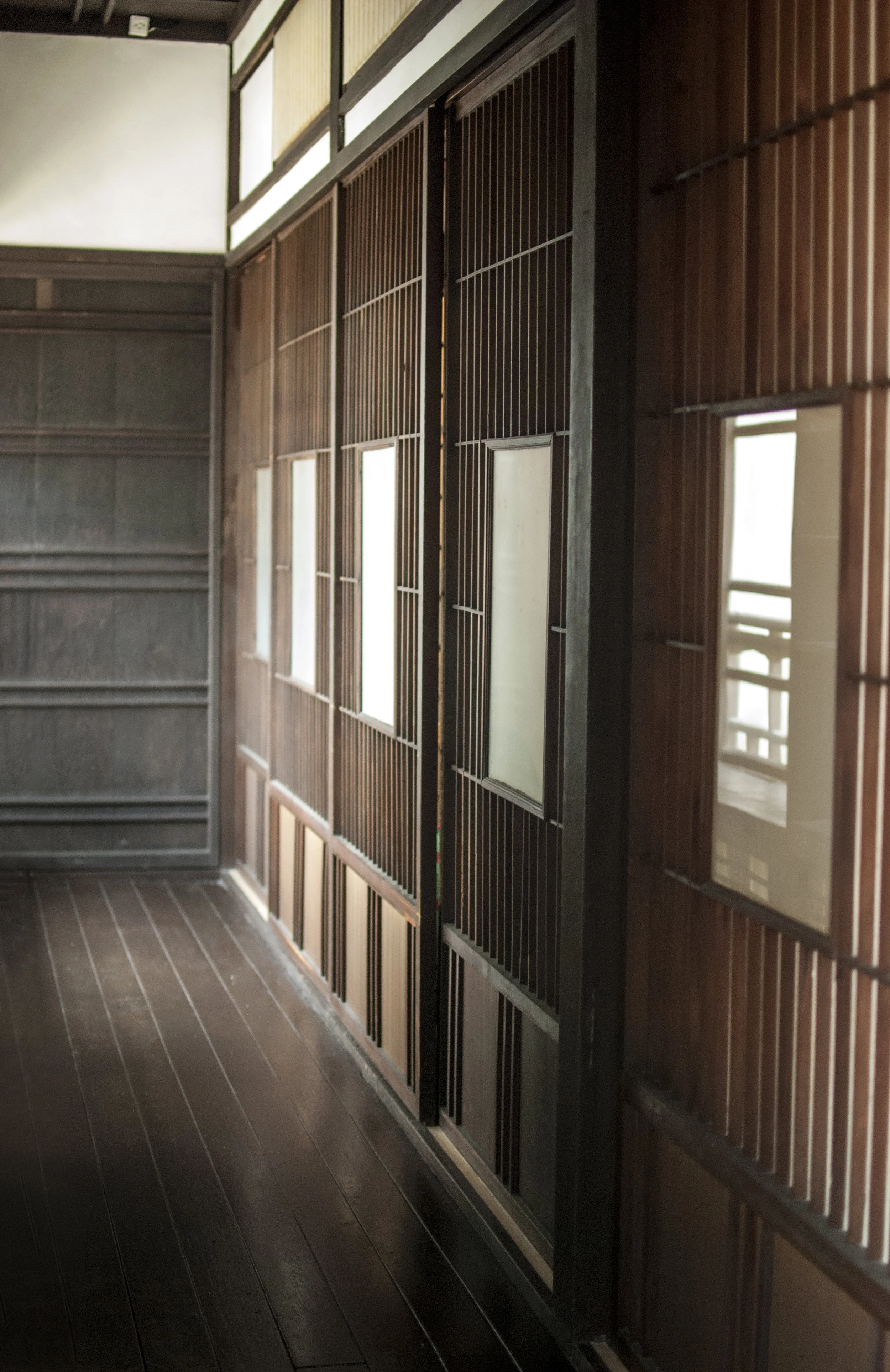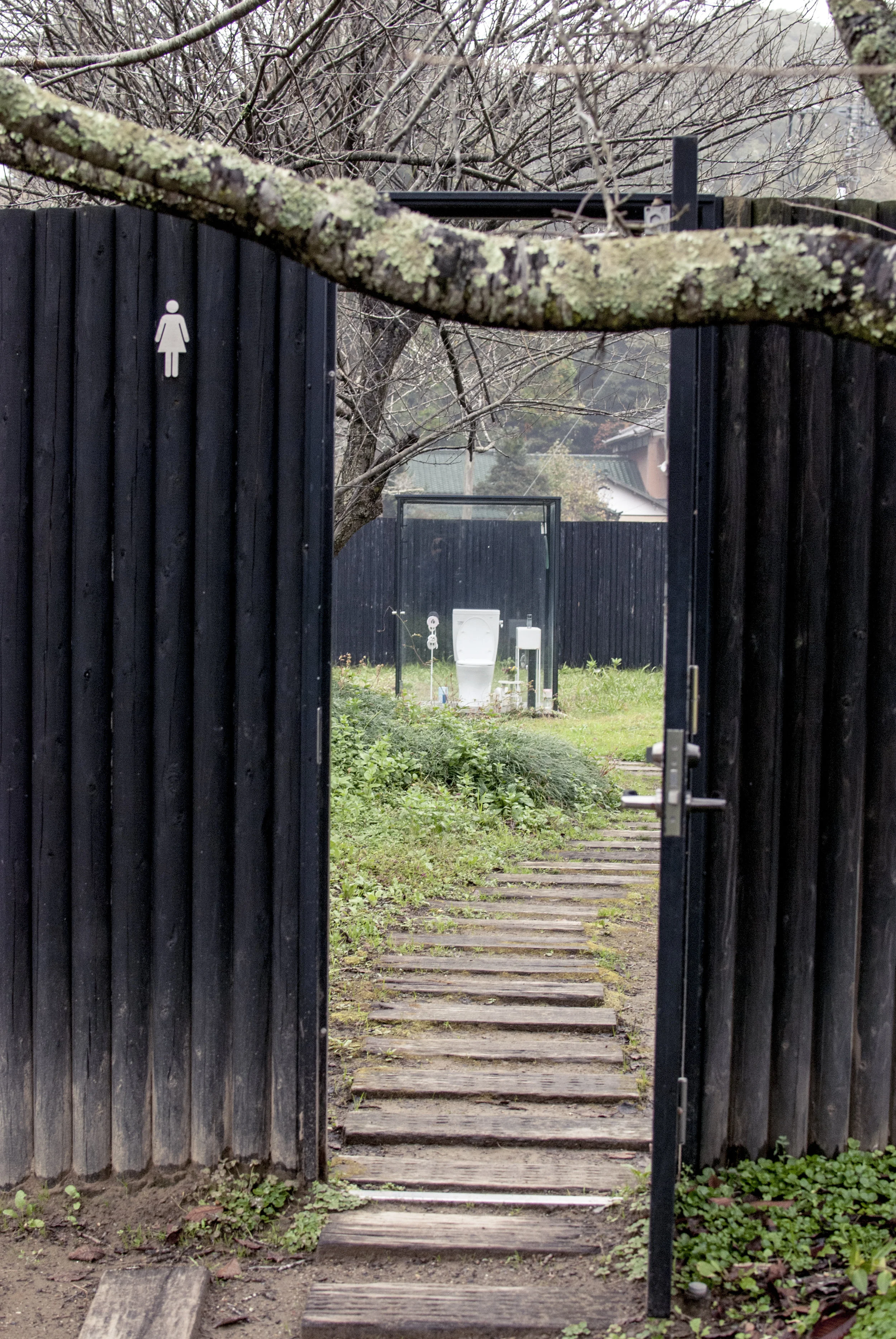Homecoming
Yilan, Taiwan
How strange we must have seemed, the three of us wandering wide-eyed from room to room at the cafe, taking in every detail like we were at the Vatican.
"I used to live in this house," Mama said to a startled cashier.
They turned her childhood home into a coffee shop. The "they" in this case was the Yilan County government. Without knowing much about the whys and hows of it, I’ve always felt that my grandpa's house was special. As a child, I had secretly been proud of the way his Japanese-style wooden home stood out among the brick and stone structures in the Taiwanese suburb. Grandpa now lives in Taipei, so the old house had sat empty until 15 years ago, when the county cultural bureau designated it a historic site and began efforts in 2011 to convert the private residence into 賣捌所 UriSabakisho, a cafe and event space.
Jars (as I call my sister) suggested that we take Mama back for a visit. Good idea, but at the same time I felt… Mention of Grandpa’s house conjures up blissful memories of summer days spent playing with our cousins. I had the urge to take my shoes off so I could again feel those smooth floorboards with my bare feet:
Those were the wooden panels where Yufeng and Chenyi raced toy cars. Down that hall we marched like soldiers for impromptu basic training. This is where I would drink wintermelon tea after running around senseless in the scorching summer heat. Grandma used to slap fishball paste on a stool in that corner. Ah, I know that sound, the thump-thump-thump of our feet as we clambered up the steep wooden staircase.
Whoever did the restoration had preserved the spirit of the place. From the outside, the house was just as I remembered. Maybe a smidge smaller. There had been noticeable structural changes, but the bones remain intact. Looking at it now with middle-aged eyes, I can see that the architecture is maybe not so splendid, but smartly designed and making full use of the space so the interior feels generous and open.
When you slide these panel doors, you can change three separate rooms into one sunny open space. We would sometimes line up below this rafter like hungry baby birds, waiting for Grandma to tip clam broth into our open mouths. By that window overlooking the street, I used to brush my teeth over a pocket-sized sink that no longer exists. What used to be down there? It must have been that unyielding green couch, with the kind of leather that would stick to your skin and lace antimacassars* that were always slipping off.
The recessed nook that is now a merchandise corner had replaced our old-fashioned bathroom— a tiled wet room where you’d bathe on a wooden stool using hot and cold wash buckets. Hey, I asked Jars, remember ‘the colormorph?’ I relished her reaction, the slight groan and instant mirth, having jogged loose this fragment of an old private joke. Just a moment before, I could see my sister was also reliving a similar rush of memories:
Those are the steps where we used to take group photos. Where are those photos now? The tall palm in the backyard is still there. Grandma used to shell peas right at that spot on the window seat. Remember these sliding wooden locks on the toilet door? Look, the curtains!
Mama made only a few quiet comments and I could only imagine what she must have been feeling.
Of course, the house has a longer story beyond our family's personal history. 賣捌所 UriSabakisho means "the wholesale place." Funny name for a cafe. Here's what I pieced together through some half-assed internet research: Japan, during its occupation of Taiwan, exercised full monopoly over certain commodities such as wine and tobacco. The colonial government devised a two-tier system for local administration, with a network of wholesale distributors and small merchant retailers. The appointed tobacco wholesale administrator for Yilan— a man by the name of Kojima Ninzaburou— acquired this land on Kangle Road in 1937 and in the following year built the house, where he lived and worked until 1940. After the end of World War II, the property was seized by Yilan’s department of finance and then assigned to the Water Resources Bureau. That's how my grandfather entered the picture. Since he was a chief civil engineer, the bureau issued the house for his residence until after his retirement.
This practice was not so unusual. Within Yilan, there are many other examples of Japanese-style wooden structures that have been preserved and serve various functions for the public, such the Founding Memorial Hall, the Literary Museum, Residence of the Previous Secretary General and the Old Master’s Mansion (now 九穀日本料理 restaurant). These were all former homes of officials during occupation. After the war, the provincial government must have grappled with what to do with all of these government-owned quasi-private properties. It’s a wonder that they resisted the urge to destroy all traces of Japanese colonial rule.
*I'll admit I do get satisfaction from slipping "antimacassar" into casual conversation.
































